Christmas Graphs. Part 3!
Message boards :
News :
Christmas Graphs. Part 3!
Message board moderation
| Author | Message |
|---|---|
|
Send message Joined: 11 Aug 17 Posts: 688 Credit: 31,014,532 RAC: 36,292 |
Dear participants! The third part of "Christmas types" of graph from ODLS found in RakeSearch project were published on preliminary results page. 8 new graphs and 1 known makes up this set: [R9_000469786/02] - 40 vertices and 400 edges. Each vertex from "north" and "south polar caps" linked to nodes in equatorial belt! Previously we see similar structures but this is larger. 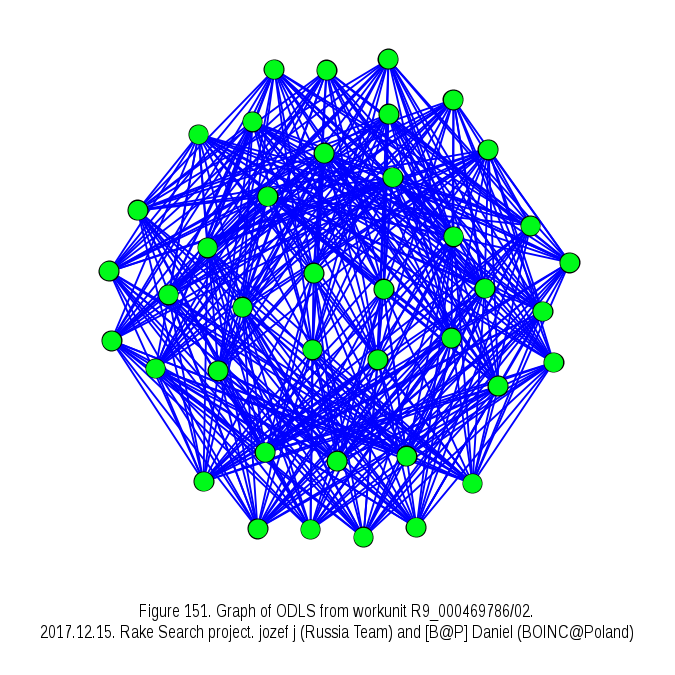 [R9_000478253/02] - 48 vertices and 126 edges, already published as Necklace about a year ago. This graph was very easy to spot and it was found first. Now we publish it as item of the ordered catalog. With edges as the straight line, the figure becomes even more astonishing! 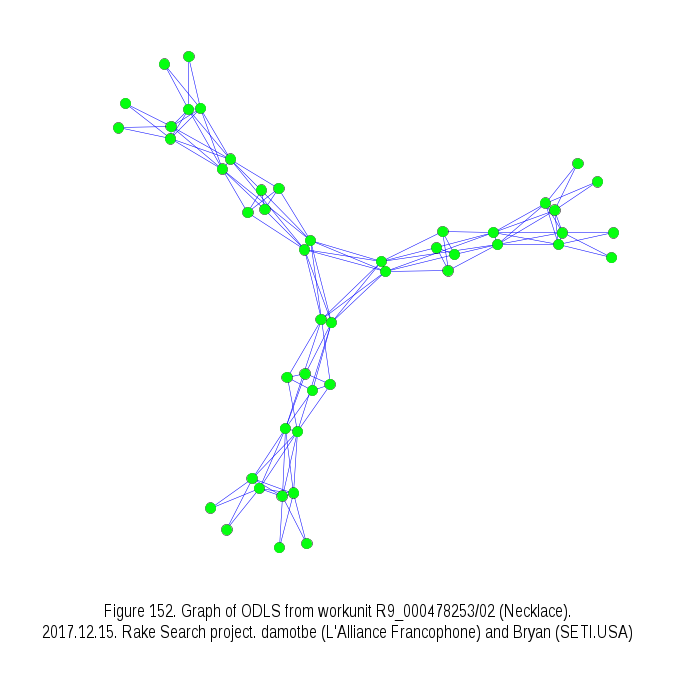 [R9_000479189/03] - 44 vertices and 288 edges, 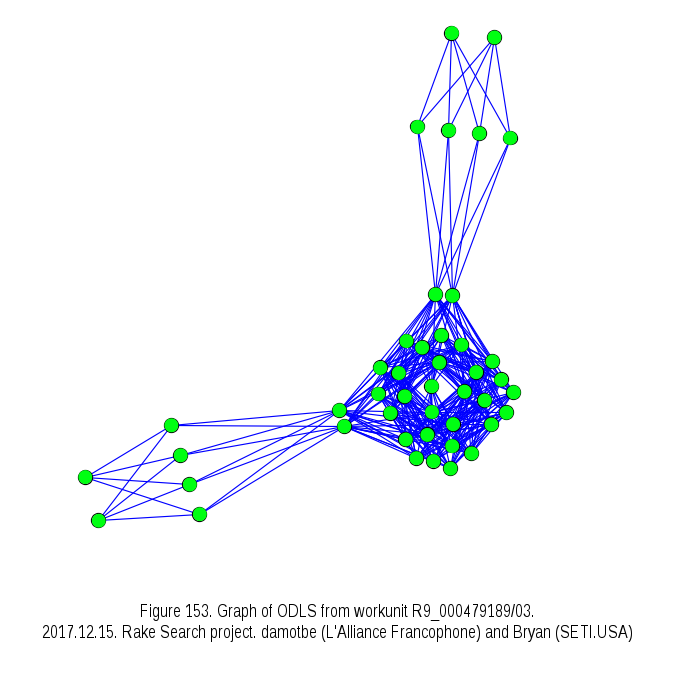 [R9_000486938/01] - 12 vertices and 17 edges, 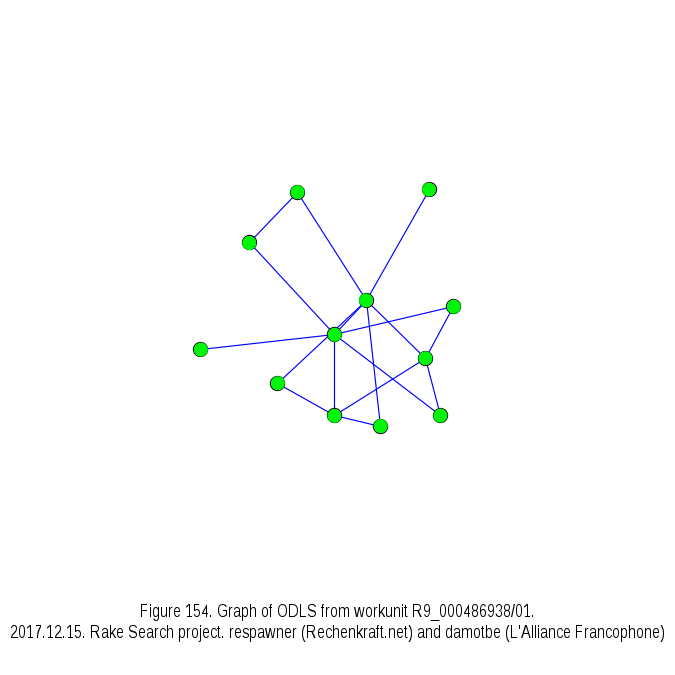 [R9_000493179/02] - 96 vertices and 411 edges, 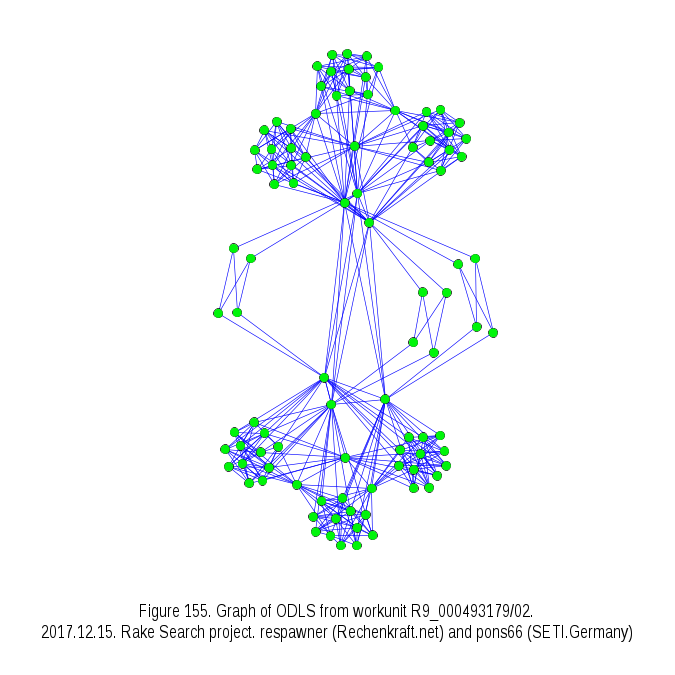 [R9_000493909/02] - 96 vertices and 432 edges, 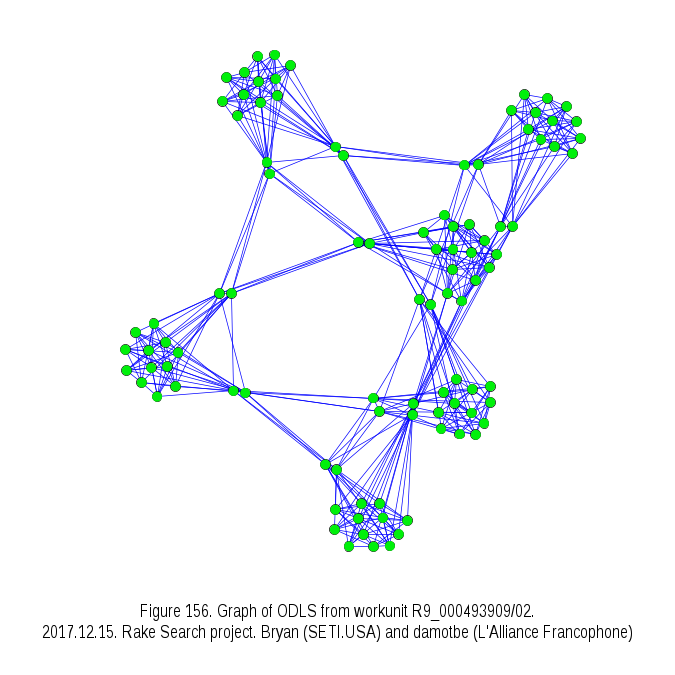 [R9_000494626/01] - 40 vertices and 304 edges, 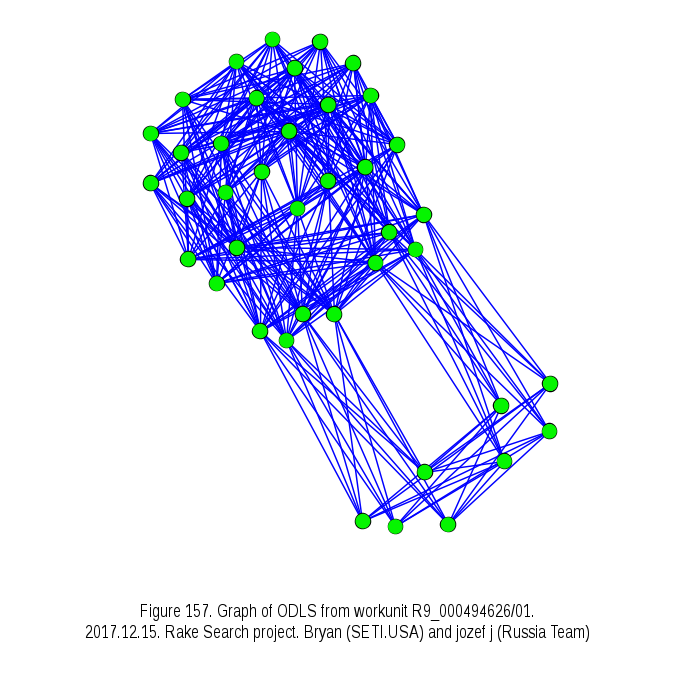 [R9_000494629/02] - 24 vertices and 96 edges, 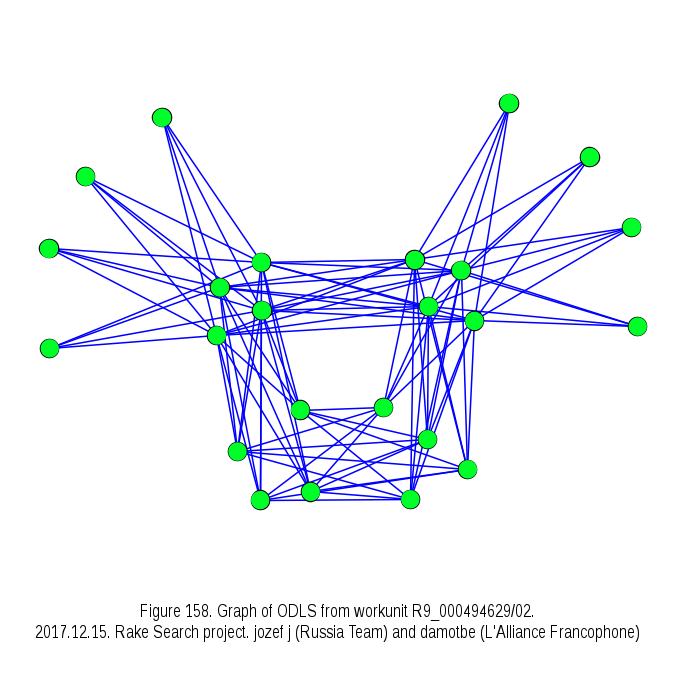 [R9_000507363/01] - 28 vertices and 104 edges, 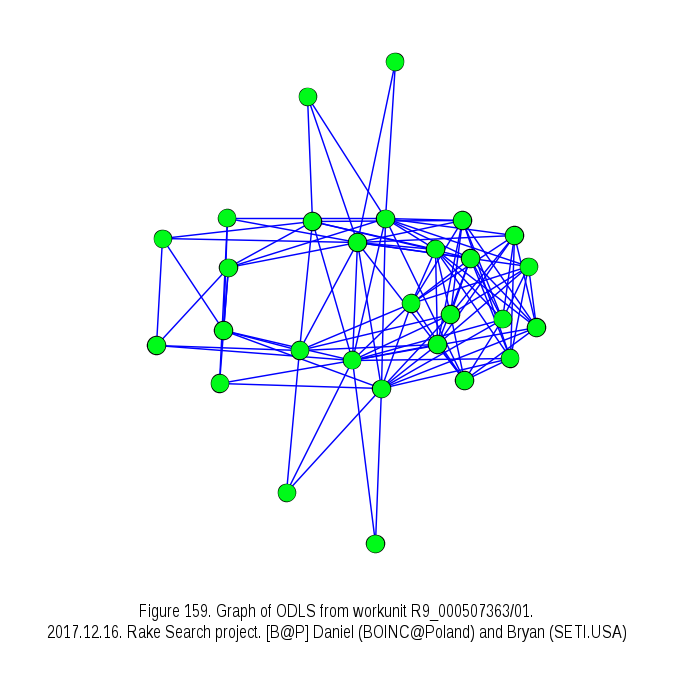 This is the last part of "Christmas graphs". About a year ago (22th of December 2017) we could to detect the first type of graph and publish it. Over the past year, we have completed the post-processing of those results that were obtained before him and with him. The cycle is closed. :) Recently where finished post-processing of next large bunch of results - in several times larger than already published set, but we decided not to watch them until we publish these. Now we are all - crunchers and project developers are equal. We know about findings in the published set, and don't know what awaits us in the new data. And it's very interesting! Thank you for all crunchers for attention to the project. Your computers are allowed to make these findings! Successes, unstoppable work of computers and discoveries! And Happy New Year! Thank you and happy crunching! |

©2025 The searchers team, Karelian Research Center of the Russian Academy of Sciences